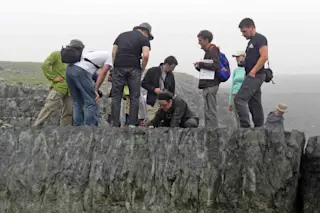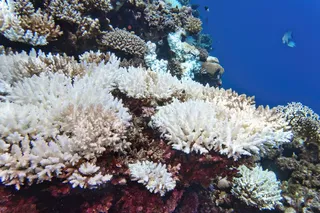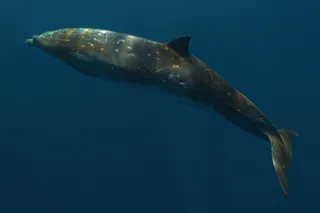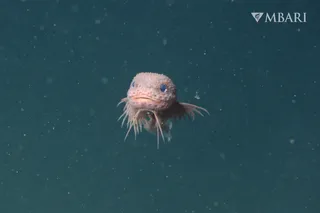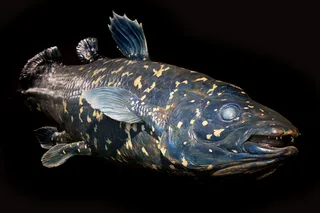It is impossible to fully appreciate the value of a trail until you have been forced to walk through the wilderness without one. There is a practical reason why, for more than a thousand years, after the fall of Rome and before the rise of Romanticism, little was more abhorrent to the European mind than the prospect of a “pathless” or “tangled” wilderness. Pathless wildernesses still exist in the modern world, and at least some have retained their power to elicit dread. I have visited one such place. It lay on the northern rim of a glacial fjord called Western Brook Pond, on the island of Newfoundland, in Canada’s easternmost province. If you want to be taught (however harshly) the blessing of a well-marked trail, go there.
To cross the fjord’s stygian waters, I had to hire a ferryboat. On the far side of the fjord, the captain dropped me ...


